A wonderful, varied group of plants, previously included in the genus aster. Several years ago, the genus was separated into a number of genera. Aster now includes most European and Asian asters, while plants native to North America now belong to symphyotrichum. It contains the widely grown Michaelmas daisies, S. novi-belgii, (New York asters) and S. novae-angliae, (New England asters). From our experience these have smoother leaves and smaller flowers than aster.
Flowering late in the season, symphyotrichum offer a rainbow of colours and an invaluable source of pollen and nectar at a time when much in the garden has begun to fade.
Seedheads and stems can be left in place after flowering has finished to provide a food source for birds and a place for insects to overwinter. In late winter/early spring, the skeletal remains of the plant can then be cut down to make way for the new growth.
Symphyotrichum are happiest in full sun/part shade and a general soil which doesn’t get too dry or too wet. Plants will reward you with masses of flowers from August through till late October which are loved by visiting pollinators.
Our range of symphyotrichum includes:
Symphyotrichum ‘Little Carlow’- a clump forming erect perennial with masses of pale purple flowers with bright yellow centres. Height 90cm with a spread of 30cm.
Symphyotrichum 'Little Carlow'Symphyotrichum ‘Prairie Sky’- a tall, bushy perennial with mid-green leaves and small pinky-mauve flowerheads which are held on dark purple stems. Height 90cm, spread 30cm.
Symphyptrichum 'Prairie Sky'Symphyotrichum ‘Primrose Path’- plants produce mounds of heart shaped, mid-green leaves which take on a burgundy tint in late autumn. Small, starry, sky-blue flowers with purple centres appear in autumn. Plants can grow in dry shade. Height 80cm with a spread of 35cm, although plants can reach 1.5m tall with enough moisture.
Symphyotrichum ‘Primrose Path’Symphyotrichum foliaceum var. parryi (Parry’s aster)- a native to Californica and able to grow in drier conditions. Plants produce small pale purple to lilac flowers with yellow centres and narrow, willowy leaves. Height 60cm, spread 40cm.
Symphyotrichum foliaceum var. parryi
Symphyotrichum laeve ‘Orpheus’- a stunning plant which has dark stems and leaves followed by beautiful violet-coloured daisies in late summer/early autumn. A tall variety reaching 1.5m in height and 60cm wide.
Symphyotrichum laeve ‘Orpheus’
Symphyotrichum novae-angliae 'Andenken an Alma Pötschke' (New England aster)- stiff leafy stems carry heads of bright cherry-red flowers with slightly curling petals; an outstanding colour in the autumn garden. Reaches 1.2m in height and 60cm wide.
Symphyotrichum novae-angliae 'Andenken an Alma Pötschke'
Symphyotrichum ericoides var. prostratum ‘Snow Flurry’ (Heath aster)- Beth brought this back to the gardens after a lecture tour of the eastern USA. At that point its identity was a mystery, so it was named 'Snow Flurry', as it produces ground-hugging stems, much branched, to form a low sprawling cushion, smothered in autumn with tiny white daisies resembling a snow drift. Height 20cm and spread 60cm.
Symphyotrichum ericoides var. prostratum ‘Snow Flurry’
Read on: Aster- How to Grow and Care for
![]()
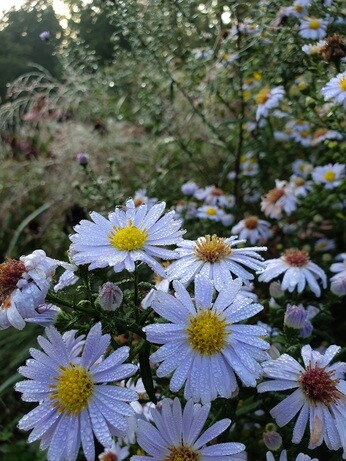
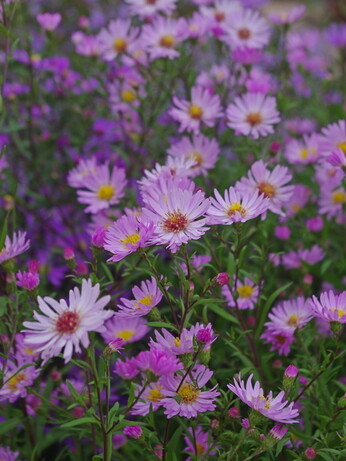
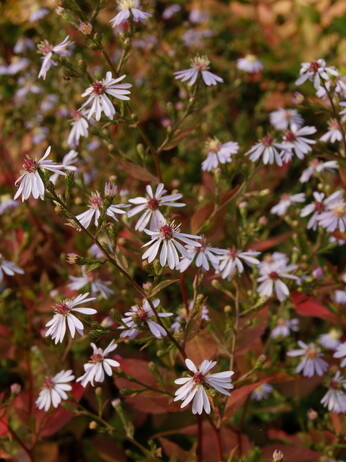
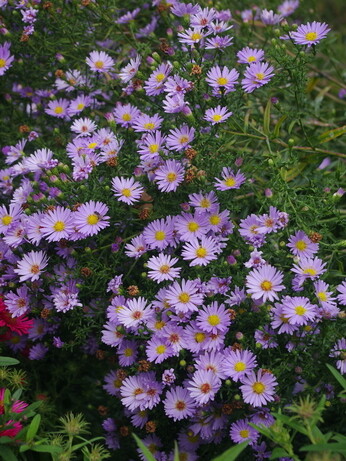

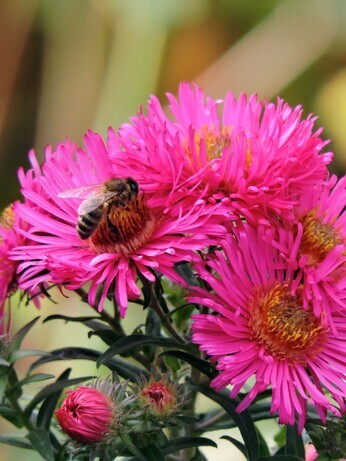
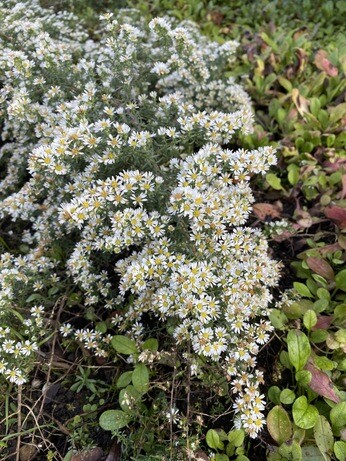
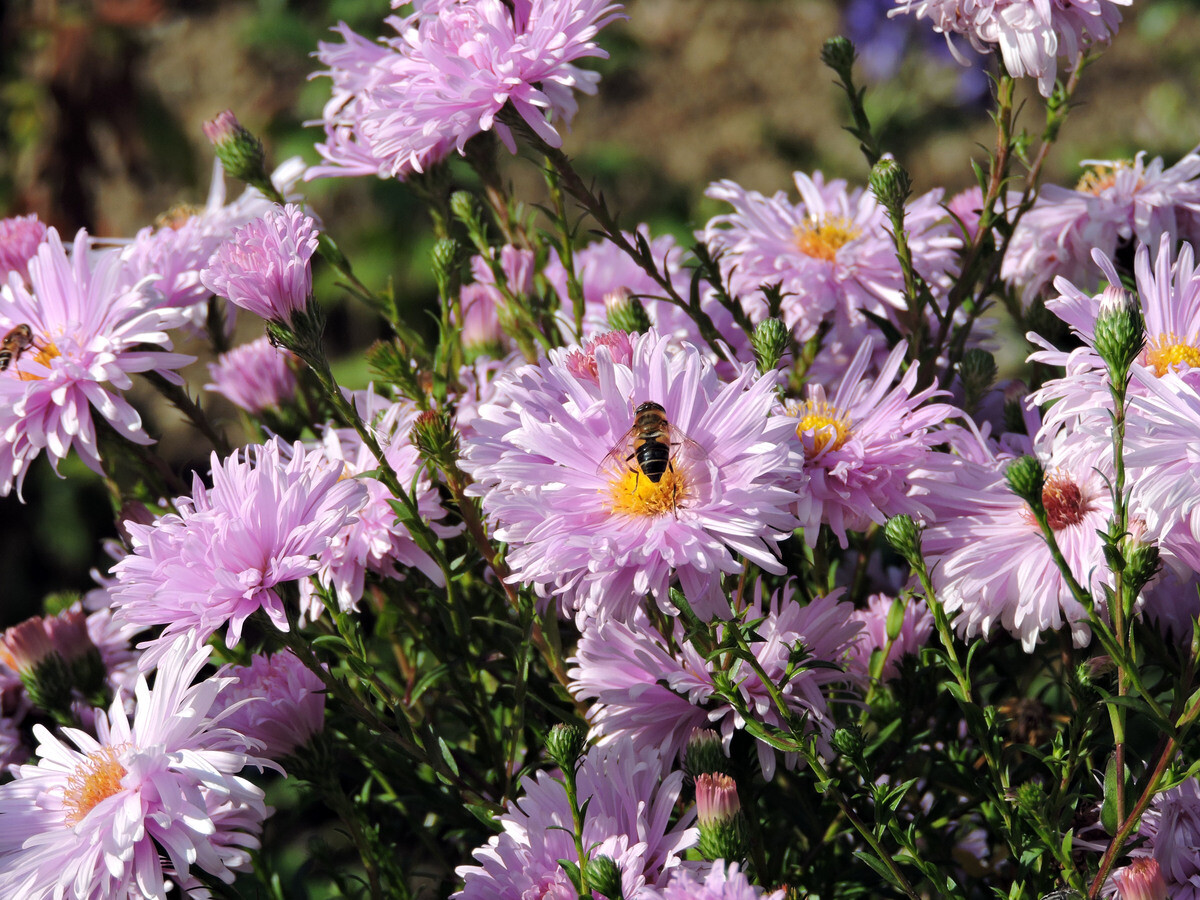

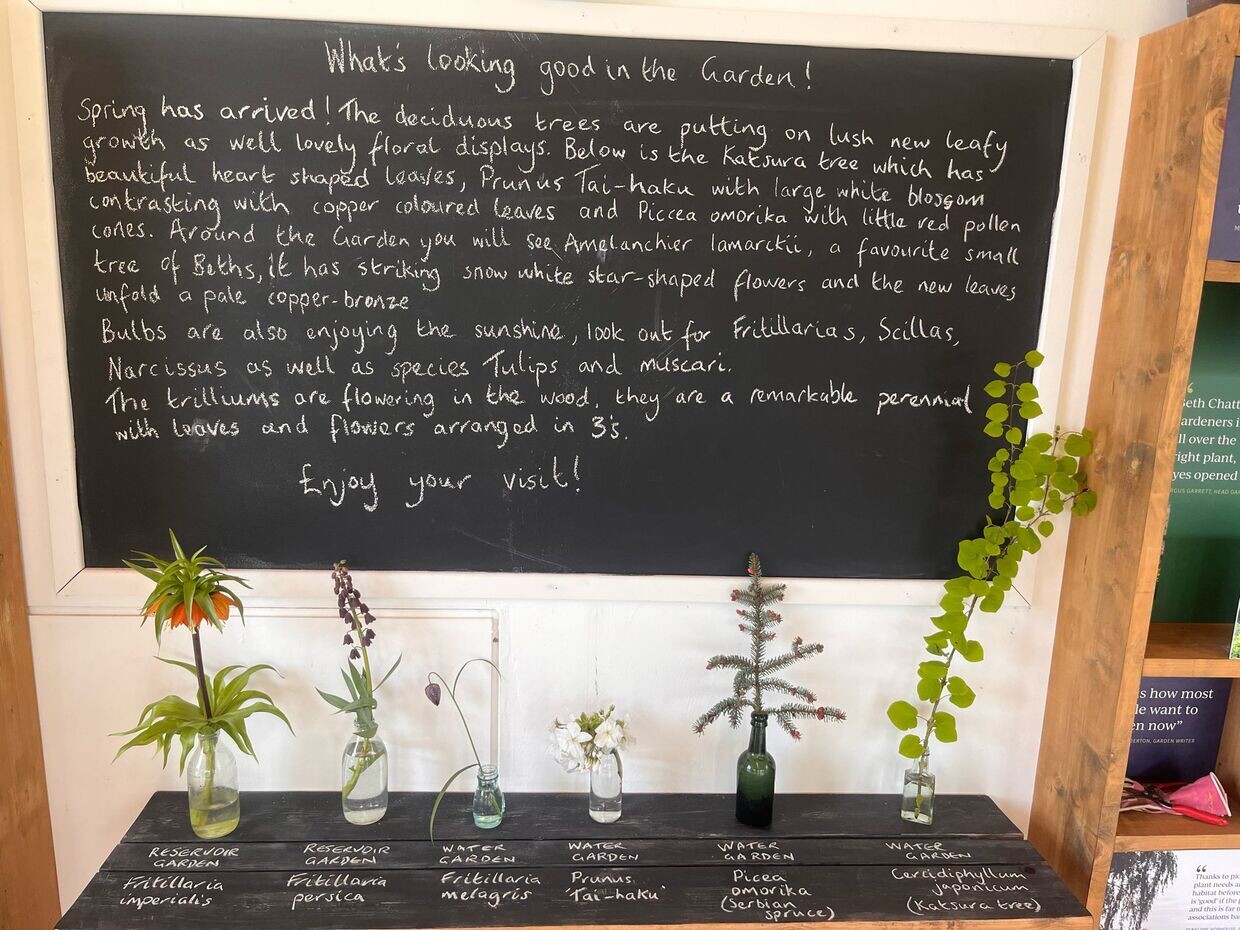

Comments